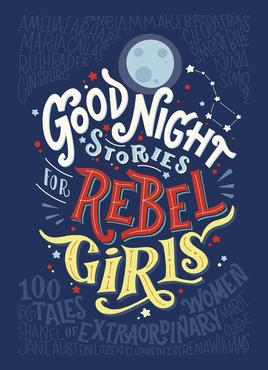Last weekend (4-5 Feb) I visited Blossom Book House on Church Street (the “second branch” (above Cafe Matteo), to be precise). I bought a total of six books that day, of which four I was explicitly looking for (including two of Tufte’s books). So only two books were “discovered” in the hour or so I spent there.
This weekend (11-12 Feb) I walked a little further down Church Street (both times I had parked on Brigade Road), and with wife and daughter in tow, to Bookworm. The main reason for going to Bookworm this weekend is that daughter, based on a limited data points she has about both shops, declared that “Bookworm has a much better collection of Geronimo Stilton books, so I want to go there”.
This time there were no books I had intended to buy, but I still came back with half a dozen books for myself – all “discovered”. Daughter got a half dozen of Geronimos. I might have spent more time there and got more books for myself, except that the daughter had finished her binge in 10 minutes and was now desperate to go home and read; and the wife got bored after some 10-20 minutes of browsing and finding one book. “This place is too chaotic”, she said.
To be fair, I’ve been to Blossom many many more times than I’ve been to Bookworm (visits to the latter are still in single digits for me). Having been there so many times, the Blossom layout is incredibly familiar to me. I know that I start with the section right in front of the billing counter that has the bestsellers. Then straight down to the publisher-wise shelves. And so on and so forth.
My pattern of browsing at Blossom has got so ritualised that I know that there are specific sections of the store where I can discover new books (being a big user of a Kindle, I don’t really fancy very old books now). And so if I discover something there, great, else my browsing very quickly comes to a halt.
At Bookworm, though, I haven’t yet figured out the patterns in terms of how they place their books. Yes, I agree with my wife that it is “more random”, but in terms of discoverability, this increased randomness is a feature for me, not a bug! Not knowing what books to expect where, I’m frequently pleasantly surprised. And that leads to more purchases.
That said, the chaos means that if I go to the bookstore with a list of things to buy, the likelihood of finding them will be very very low (that said, both shops have incredibly helpful shopkeepers who will find you any book that you want and which is in stock at the store).
Now I’m thinking about this in the context of e-commerce. If randomness is what drives discoverability, maybe one bug of e-commerce is that it is too organised. You search for something specific, and you get that. You search for something vague, and the cost of going through all the results to find something you like is very high.
As for my books, my first task is to finish most of the books I got these weekends. And I’ll continue to play it random, and patronise both these shops.

